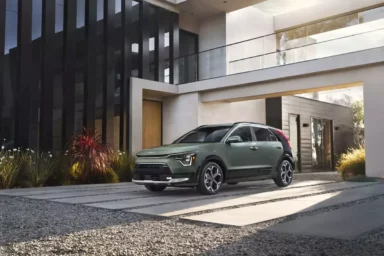Driving can be tiresome, especially for overweight individuals. Many regular cars don’t offer ample interior space, posing challenges for overweight drivers.
Therefore, selecting a vehicle with spacious dimensions, ergonomic seating, and accessible entry/exit points enhances the driving experience for obese individuals.
Here are the essential features to consider when choosing a car suited for obese drivers, followed by our top recommendations.
Table of Contents
Essential Features for Obese Drivers When Choosing a Vehicle
- Seat Comfort: Overweight drivers require spacious seating with ample hip and shoulder room. This ensures proper support and prevents discomfort or pain during extended drives. Compromising on seat comfort can lead to undesirable consequences.
- Good Accessibility. Accessibility is another crucial factor for obese individuals. Vehicles with wide door openings and well-designed steps greatly aid in entering and exiting, enhancing overall convenience and comfort.
- Good Safety Rating: Safety should be prioritized, and for obese individuals, it becomes even paramount. A car with a larger body size can heighten the risk of injury in accidents. Therefore, prioritizing vehicles with robust safety ratings and good visibility is essential for overall road safety and awareness.
Top Car Recommendations For Obese Drivers
Here’s a list of 12 cars with features suitable for people with larger body sizes. These vehicles prioritize spacious interiors, comfortable seats, and advanced safety features, making them ideal for overweight people.
BMW X7
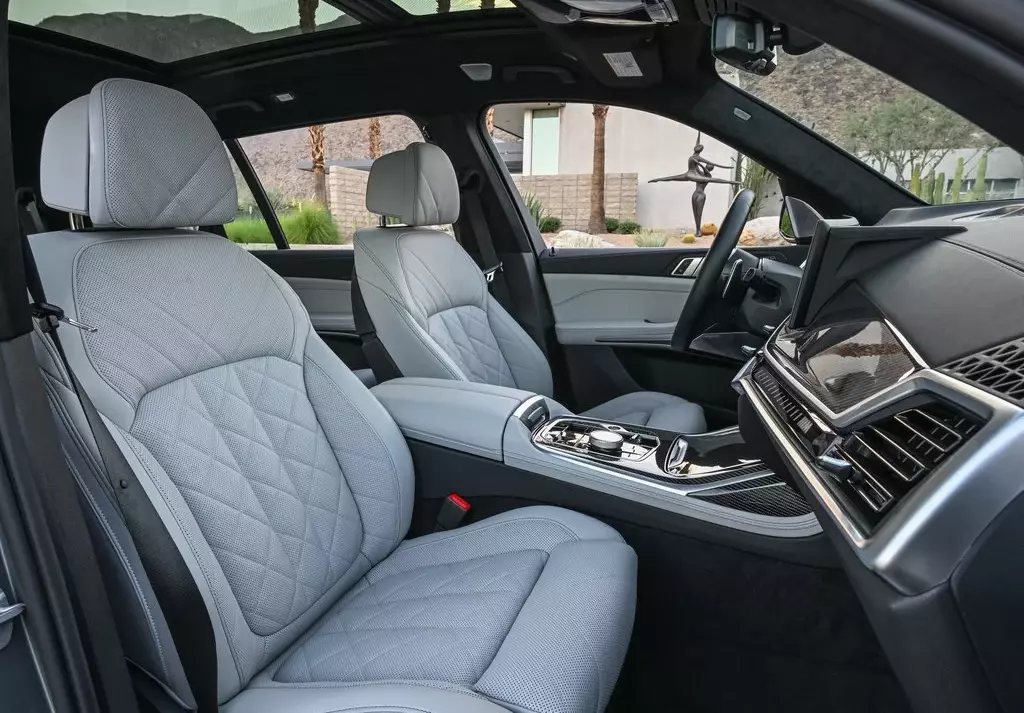
The BMW X7 has been designed to provide maximum comfort and safety for all occupants, especially those who require extra space.
With its impressively roomy seats, offering a remarkable 64.1 inches of hip room and an expansive 60.0 inches of shoulder room, it boasts the largest interior dimensions among all currently available production cars.
This makes the X7 an exceptional choice for obese individuals, ensuring they can enjoy a truly comfortable and relaxed driving experience.
Toyota Sequoia
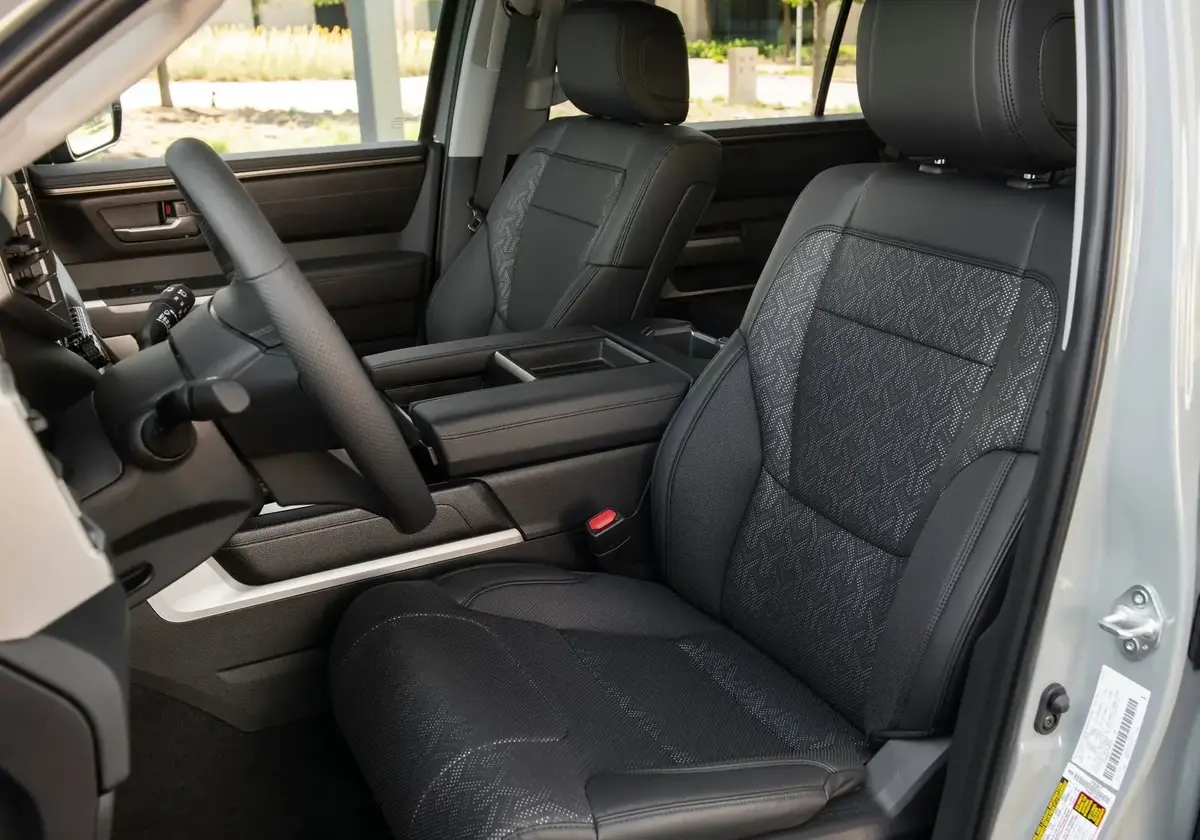
The Toyota Sequoia has received a complete makeover for the 2024 model year. One of the most notable changes is the addition of a fuel-efficient hybrid powertrain, making the vehicle more environmentally friendly.
Despite this update, the Sequoia continues to be known for its spacious interior, offering ample room perfect for obese individuals.
The front hip room measures an impressive 62.6 inches, while the shoulder room extends to a generous 65.0 inches. This exceptional interior space ensures that even obese individuals can travel in comfort and luxury.
Ford Expedition
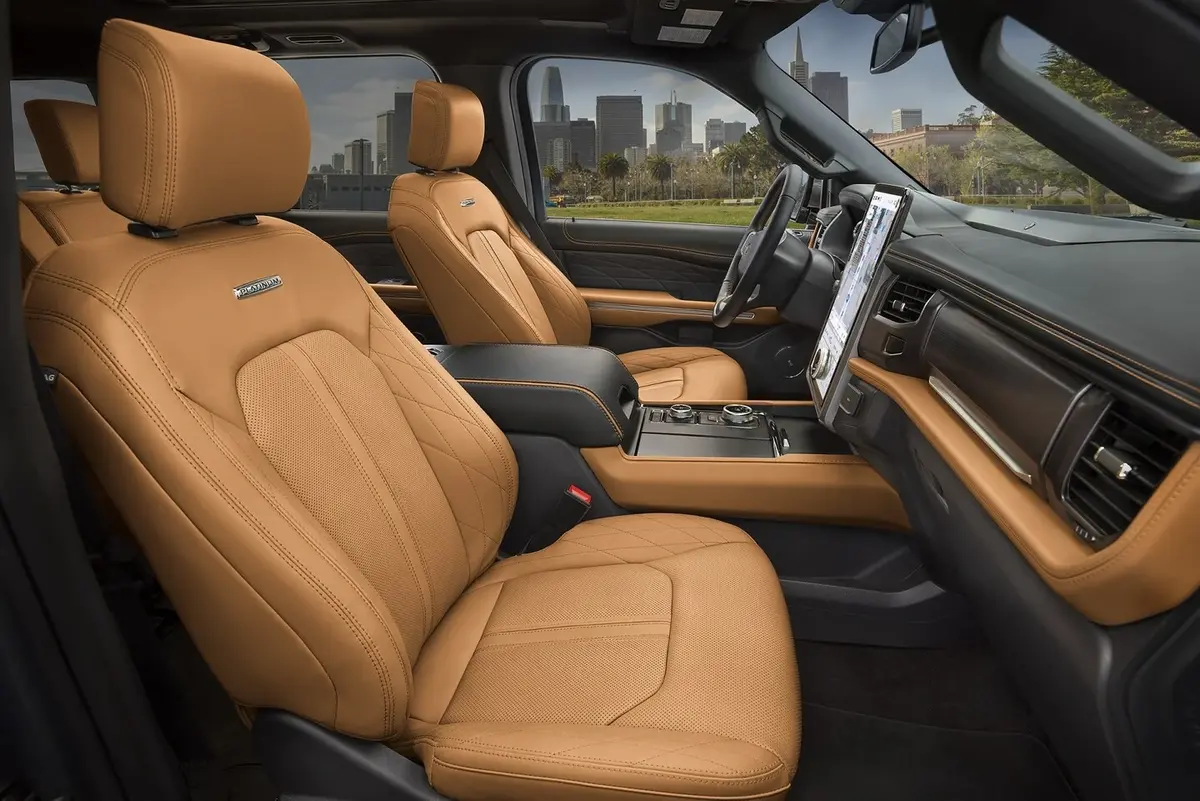
The Ford Expedition is a large and roomy SUV ideal for obese drivers. It offers plenty of space in the front, with 62.2 inches of hip room and 64.9 inches of shoulder room.
The Expedition has a strong and efficient engine. This allows it to tow heavy loads of up to 9,300 pounds with ease.
Whether you need to pull a trailer or haul gear, the Expedition’s powerful engine can handle the job. Its spacious interior ensures comfort for all passengers, with ample legroom and headroom.
The Expedition’s rugged yet refined design makes it practical for daily driving or weekend adventures.
Audi Q7 & Q8
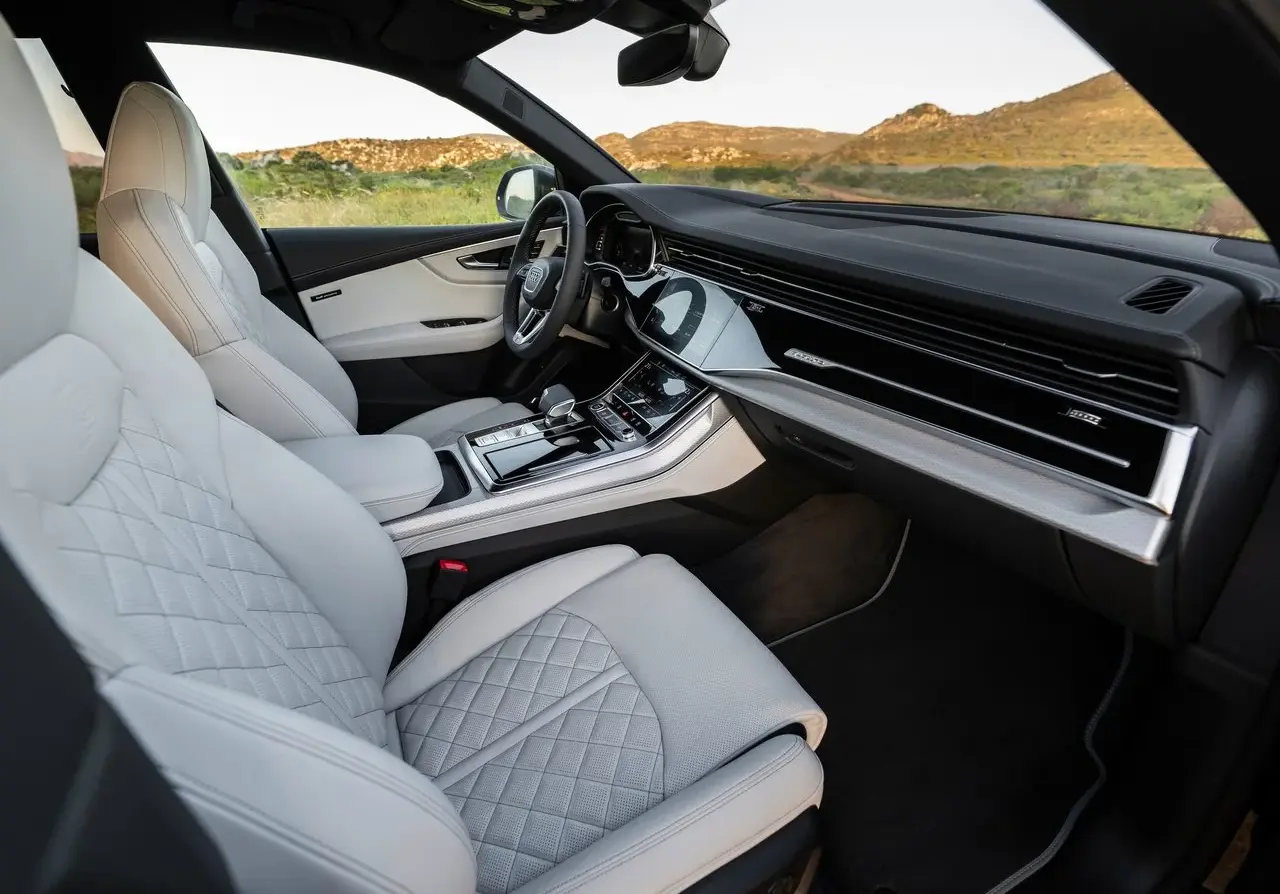
The Audi Q7 and Q8 models may be slightly smaller in size compared to the Toyota Sequoia or BMW X7, but they still provide ample space for obese individuals.
With 61.8 inches of hip room, 59.5 inches of front shoulder room, and 41.7 inches of legroom, these SUVs offer a comfortable and roomy interior for obese drivers.
Those who value both spaciousness and aesthetics will find these vehicles appealing.
Cadillac Escalade
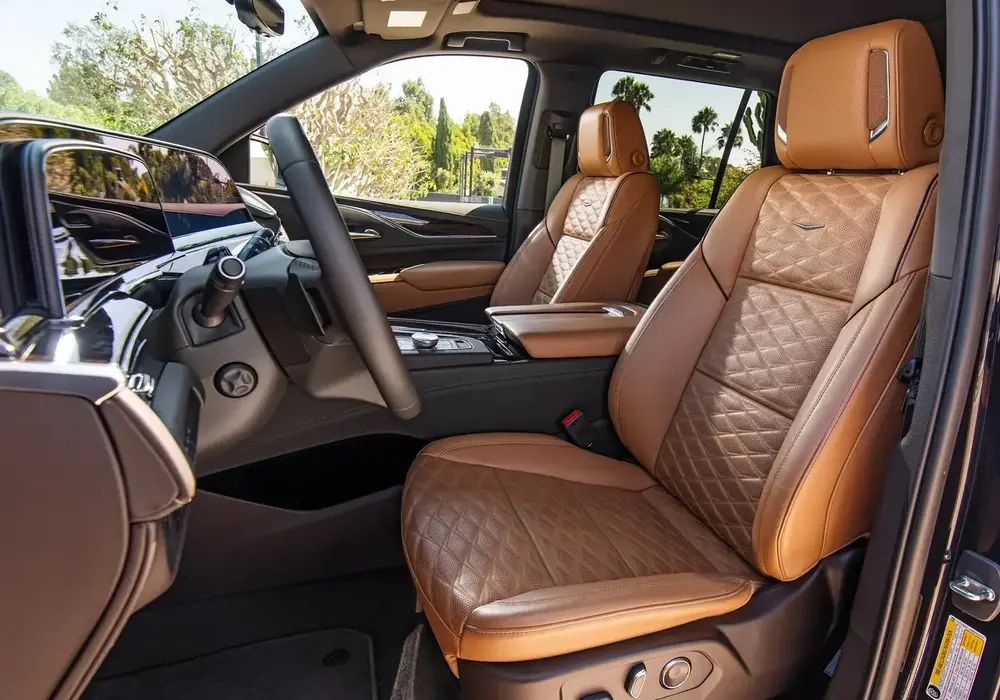
The Cadillac Escalade offers a spacious interior crafted with the utmost comfort in mind.
With ample front hip room spanning 61.7 inches, even obese individuals can settle in effortlessly. The generous 65.5 inches of front shoulder room ensures a relaxed experience, eliminating any sense of confinement.
Moreover, the vehicle’s 42.3 inches of front headroom accommodates taller occupants comfortably. This thoughtful design creates a luxurious and unrestrictive atmosphere, allowing all passengers to enjoy the journey in complete ease.
Chevrolet Tahoe
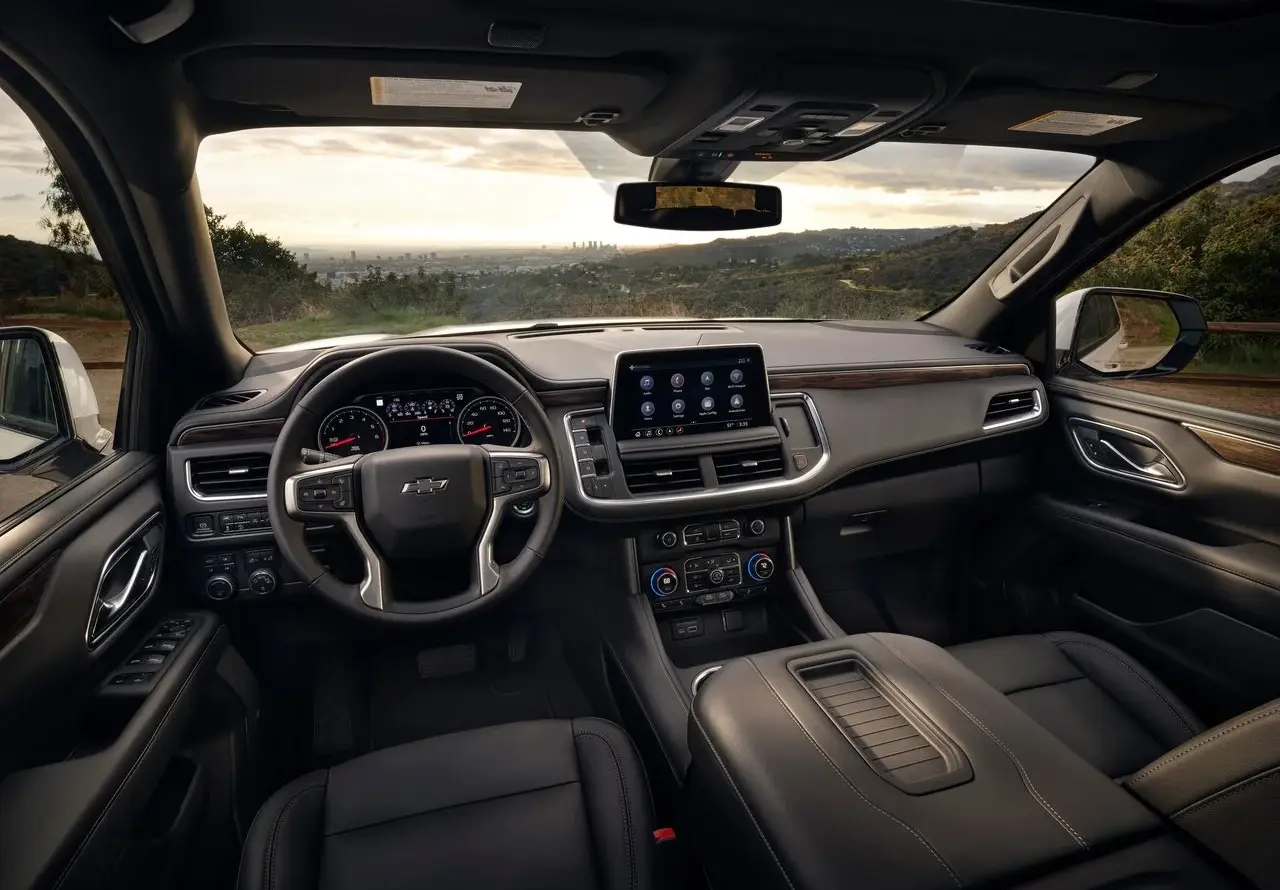
The spacious SUV boasts a robust foundation, sharing the same sturdy underpinnings as the lavish Cadillac Escalade.
The Tahoe provides ample room for both obese driver and front passenger with its generous hip room of 61.5 inches and shoulder room of 66.0 inches.
No matter your body size, you’ll find a comfortable and spacious driving experience inside the Tahoe’s cabin.
BMW X5
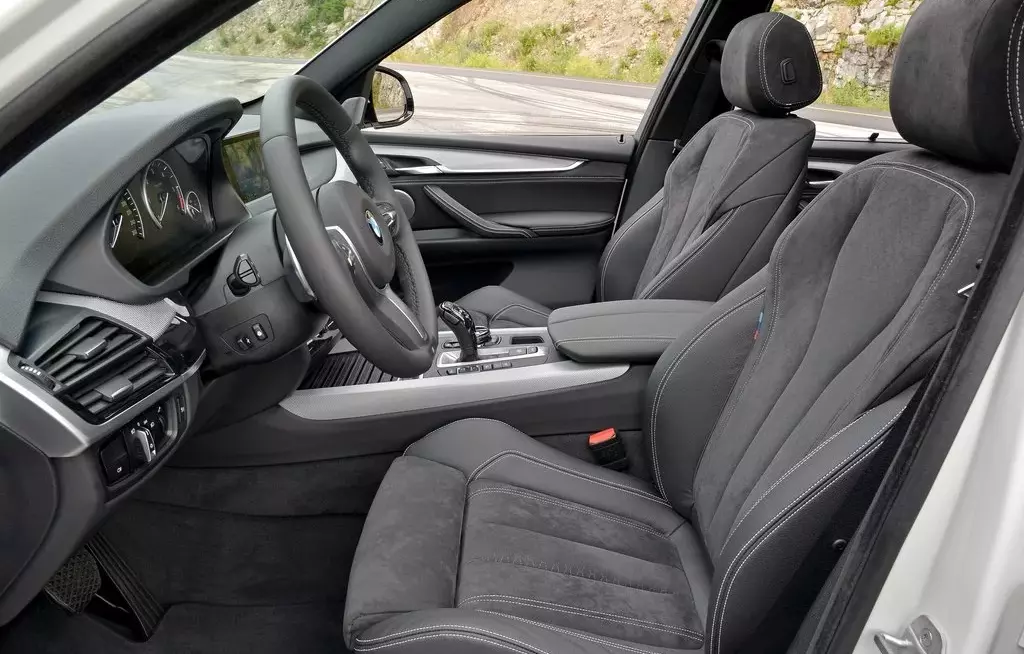
The BMW X5 offers a cozy yet roomy cabin despite its compact size compared to larger SUVs. The front seats provide generous space for obese individuals with 61.4 inches of hip room and 60.0 inches of shoulder room.
The X5’s upscale interiors boast high-quality materials and sophisticated design elements, creating an elegant and refined ambiance.
Under the hood, the X5 packs a punch with its powerful engine options, delivering exhilarating performance and acceleration.
Audi Q5
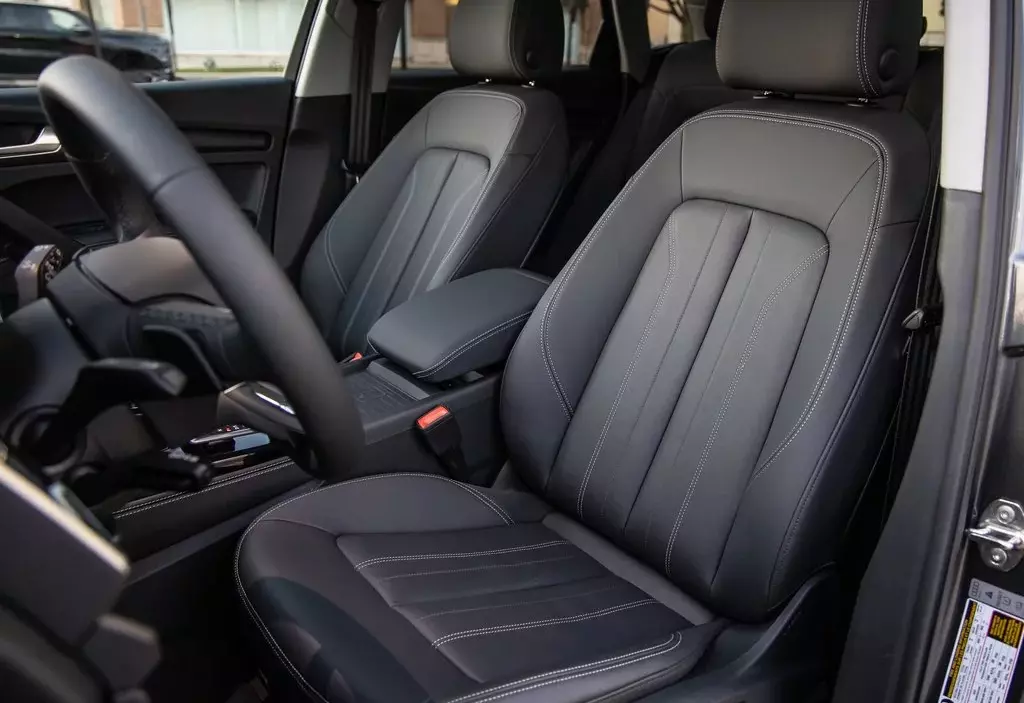
The Audi Q5 is a compact SUV with a big surprise – it offers plenty of space for passengers. The front seats provide a roomy 60.3 inches of hip room and an impressive 57.7 inches of shoulder room.
This spacious interior creates a comfortable environment, even for obese drivers. Despite its compact classification, the Q5 offers a generous cabin that feels cozy and inviting.
Kia Carnival
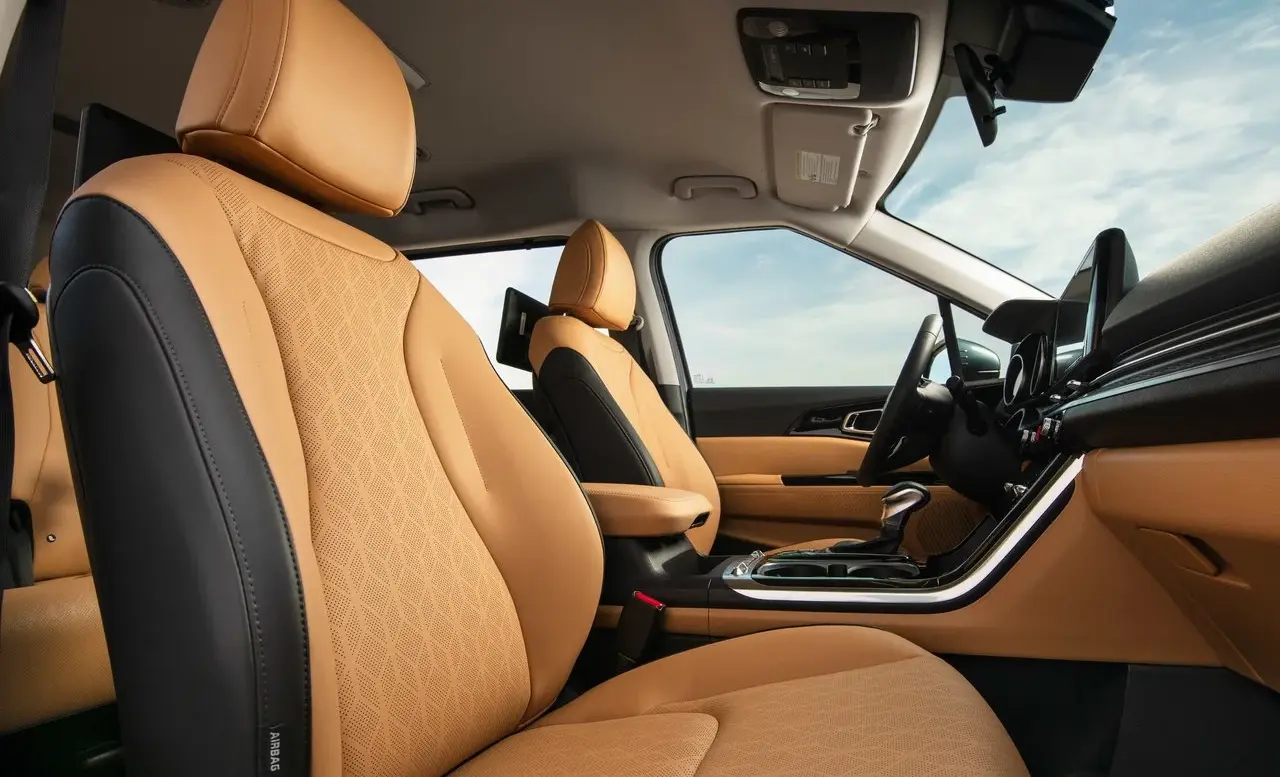
The Kia Carnival is a unique vehicle on this list. It’s not an SUV but a minivan. However, its boxy shape and raised ground clearance give it an SUV-like look.
The Carnival has a lot of interior space, making it comfortable for overweight drivers and passengers. It has plenty of hip room (59.8 inches) and shoulder room (64.2 inches).
This allows for comfortable seating options for everyone. The Carnival also has sliding doors. This makes getting in and out easier and less strenuous.
Ford Explorer
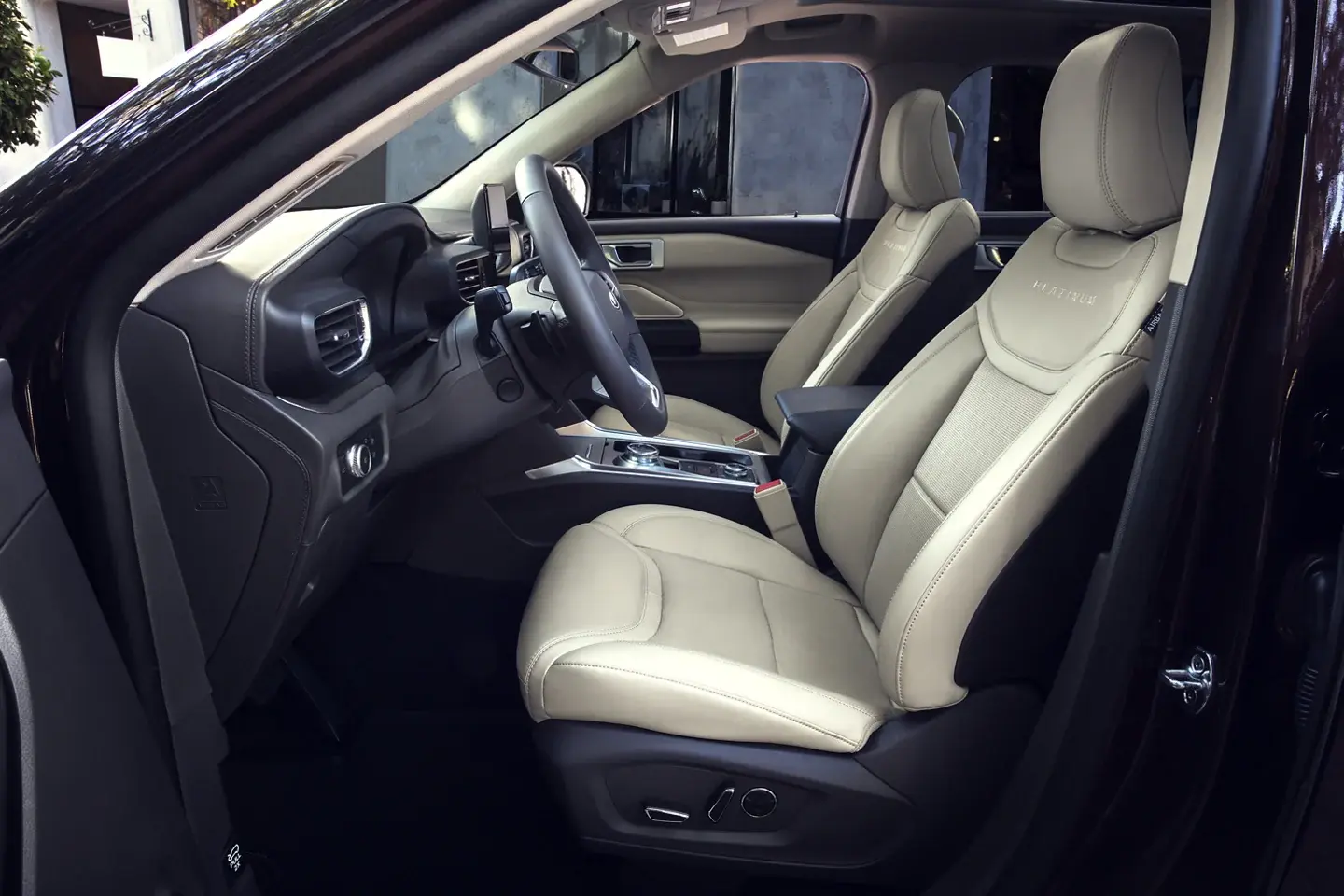
The Ford Explorer is one of the popular SUVs known for its spacious interior and comfortable seating.
Overweight individuals will appreciate the Ford Explorer’s accommodating seating, offering 59.2 inches of hip room and 61.8 inches of shoulder room. These seats can comfortably support larger body sizes, ensuring comfort even during long drives.
Additionally, this 3-row SUV boasts a powerful engine and balanced handling, capable of towing up to 5,600 lbs when needed.
Kia Telluride
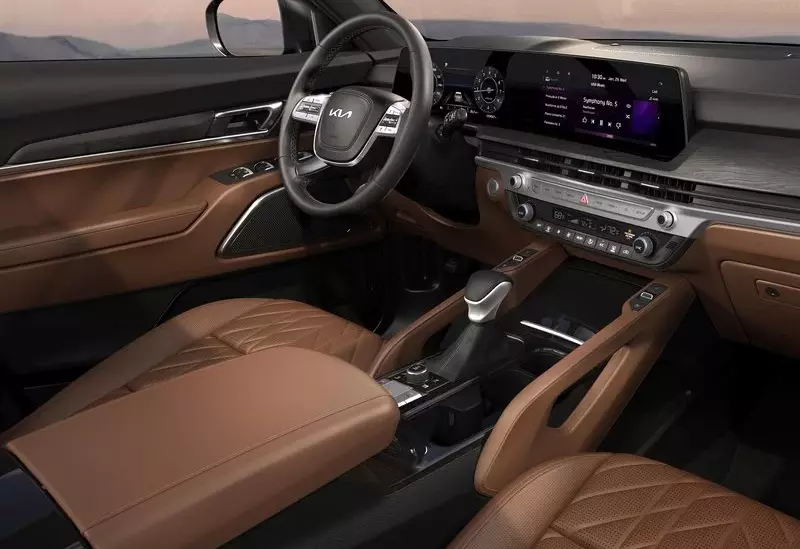
The Kia Telluride offers everything you’d want in a family SUV. Beyond its attractive exterior, it boasts a luxurious and feature-packed cabin.
For individuals with larger bodies, the Kia Telluride provides ample space in its interior. The seats are designed for long-term comfort, with 58.9 inches of hip room and 61.6 inches of shoulder room.
Final Words
Indeed, when it comes to choosing a car, the best one is the one that meets our specific needs.
Obese individuals have unique preferences when it comes to selecting a vehicle. One crucial factor for them is the vehicle’s hip room capacity.
By the way, I’ve also put together a comprehensive article listing SUVs with the most hip room. You can check it out here: SUVs with Most Hip Room.
I hope the information I’ve shared about the ideal cars for overweight individuals has helped guide your decision-making process.
